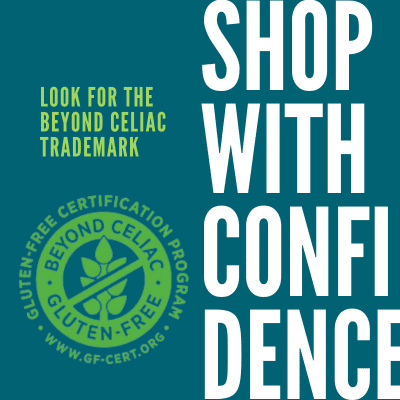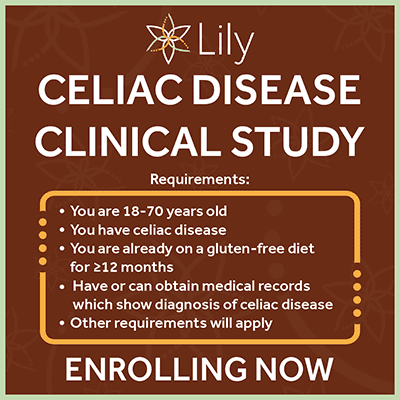Looking for Gluten-Containing Ingredients on Package Labeling
April 09, 2014
Question:
If a food label only calls out milk and soy as allergens and has no cross-contamination warning, is it safe to say it is gluten-free?
Answer:
Labeling for the top eight allergens is very different than labeling gluten-free. According to the Food Allergen Labeling and Consumer Protection Act (FALCPA), manufacturers are required to state in common English terms the top eight allergens (eggs, milk, soy, wheat, nuts, tree nuts, fish and shellfish) on the ingredients statements of a package label, if the product contains any of these allergens. The dislcaimer statements (i.e., made in a facility that processes xx) are voluntary and used by manufacturers to let customers know that possible contact may have occurred with these ingredients. It’s important to note that while wheat is one of the top eight allergens and must be clearly labeled on food packages, barley and rye are not and so are not required to appear on a product label and may be hidden as undeclared ingredients.
The FDA’s gluten-free labeling ruling, which goes into effect August 5, 2014, is quite different. It is voluntary and does not require that gluten-containing ingredients be clearly labeled on the ingredients statement, as is the case for the top eight allergens. Rather, this piece of legislation requires that companies who voluntarily make a gluten-free claim on their product packages take the necessary steps to ensure that these products meet the standardized criteria for gluten-free. While the ruling has many criteria, in short the FDA gluten-free labeling law requires that products labeled gluten-free contain less than 20 parts per million (ppm) of gluten. This threshold is internationally recognized as safe for the majority of people with celiac disease.
To reiterate, gluten-free labeling is voluntary. Just because a product doesn’t make a gluten-free claim doesn’t mean that it is unsafe. In fact, there will likely be many products on supermarket shelves that are safe to eat yet will not carry a gluten-free claim.
A product making a gluten-free claim should meet the less than 20 ppm criteria. And, we should feel confident that most companies are currently adhering to the ruling. However, it is important that consumers understand that manufacturers making gluten-free label claims are not required to test their products for gluten.
Products certified gluten-free by a third party or for which the company conducts its own testing provide an extra layer of security. To ensure the safety of other products that are labeled gluten-free but not certified, call the manufacturer.
So, the answer to your question is no. A product with no gluten-free claim that calls out milk and soy allergens cannot be considered safely gluten-free, because gluten is not required to be called out on the label (only wheat is a top 8 allergen). However, the product isn’t necessarily unsafe either.
Be well,
Rachel Begun, MS, RDN




